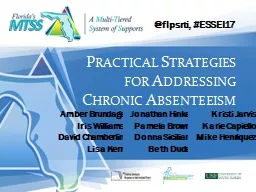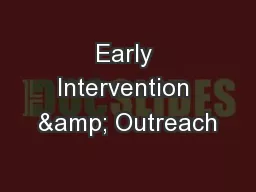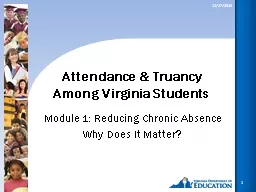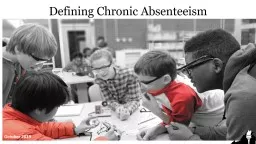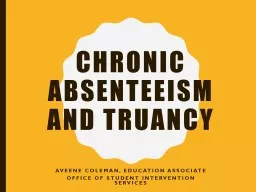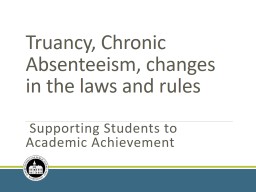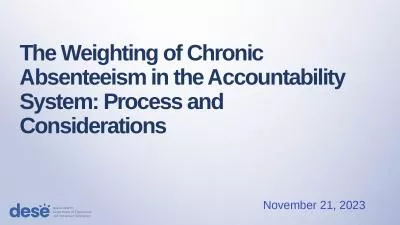PPT-Practical Strategies for Addressing Chronic Absenteeism
Author : conchita-marotz | Published Date : 2019-11-09
Practical Strategies for Addressing Chronic Absenteeism Amber Brundage Iris Williams David Chamberlin Lisa Kern Jonathan Hinke Pamela Brown Donna Sicilian Beth Duda
Presentation Embed Code
Download Presentation
Download Presentation The PPT/PDF document "Practical Strategies for Addressing Chro..." is the property of its rightful owner. Permission is granted to download and print the materials on this website for personal, non-commercial use only, and to display it on your personal computer provided you do not modify the materials and that you retain all copyright notices contained in the materials. By downloading content from our website, you accept the terms of this agreement.
Practical Strategies for Addressing Chronic Absenteeism: Transcript
Download Rules Of Document
"Practical Strategies for Addressing Chronic Absenteeism"The content belongs to its owner. You may download and print it for personal use, without modification, and keep all copyright notices. By downloading, you agree to these terms.
Related Documents

